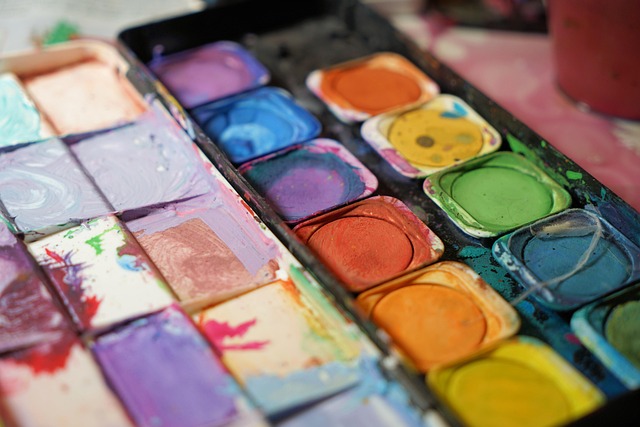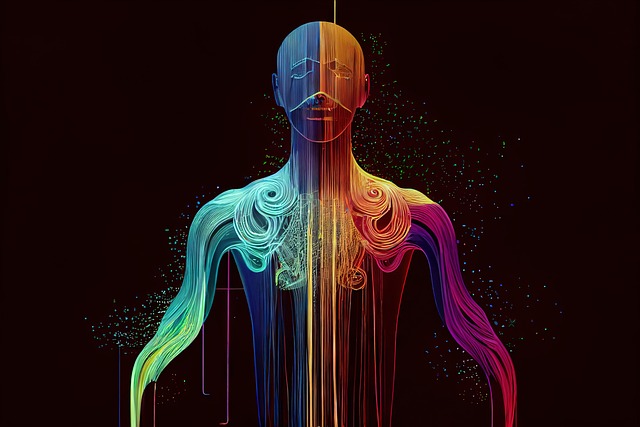The Power of Outlining in Visual Arts: Enhancing Design with Precision
In the ever-evolving world of visual arts, the significance of outlining cannot be overstated. As artists and designers, we often find ourselves balancing creativity with structure, and outlining serves as a bridge between the two. Whether you’re sketching a character, crafting a logo, or designing a poster, the framework you establish with outlines paves the way for precision and clarity in your work.
The Role of Outlining in Art
When we think of outlines, we may conjure images of bold lines delineating shapes, but they serve a much deeper purpose than mere boundaries. Outlining in art is a fundamental practice that can transform a vague idea into a defined visual. This initial phase allows creators to explore shapes and forms with ease, providing a roadmap for the more intricate details that will follow.
For instance, in painting or drawing, the outline acts as a scaffolding, helping artists maintain proportion and perspective. It’s a reassuring guide that enables the creative flow without the fear of losing direction. With a clear outline, artists can tackle the complexities of shading, texture, and color with confidence, knowing that their foundation is secure.
Outlining as a Design Tool
In the realm of design, outlining is equally essential. Graphic designers often use outlines to create balance and alignment, ensuring that each element of their composition supports the overall message. A well-defined outline helps prevent visual clutter, allowing the audience to navigate through the design effortlessly.
Consider the branding process; logos are often defined by their outlines. A strong outline communicates stability and professionalism, qualities that are vital for any brand’s identity. The simplicity of an outline can make a strong statement, often more powerful than intricate details that may overwhelm the viewer.
Finding Your Unique Style Through Outlining
Experimenting with different outlining techniques can significantly impact your personal style. Some artists prefer clean, sharp outlines, while others embrace a more fluid approach, using softer edges to evoke emotion and movement. By playing with these techniques, you can discover what resonates with you and refine your artistic voice.
In the digital space, tools like vector software offer extensive outlining capabilities, allowing artists to manipulate shapes and lines with precision. This freedom not only enhances creativity but also encourages artists to push the boundaries of traditional outlining. The result? Unique designs that stand out in an increasingly crowded visual landscape.
Incorporating Outlining into Your Workflow
Integrating outlining into your creative process can enhance your efficiency and results. Begin with rough sketches, focusing on the outlines to capture the essence of your ideas. Gradually build upon this foundation, adding detail and complexity, and watch as your vision takes shape. This iterative approach not only helps in refining your design but also fosters a deeper understanding of your artistic intentions.
Ultimately, the power of outlining in visual arts lies in its ability to provide clarity and direction. It invites both new and seasoned artists to explore the balance between creativity and structure, cultivating a workflow that enhances the beauty of their work. So, whether you are a painter looking to define your strokes or a designer aiming for a polished composition, remember that outlining is more than just a technique; it is a fundamental aspect of growing as an artist in the vibrant world of visual arts.




